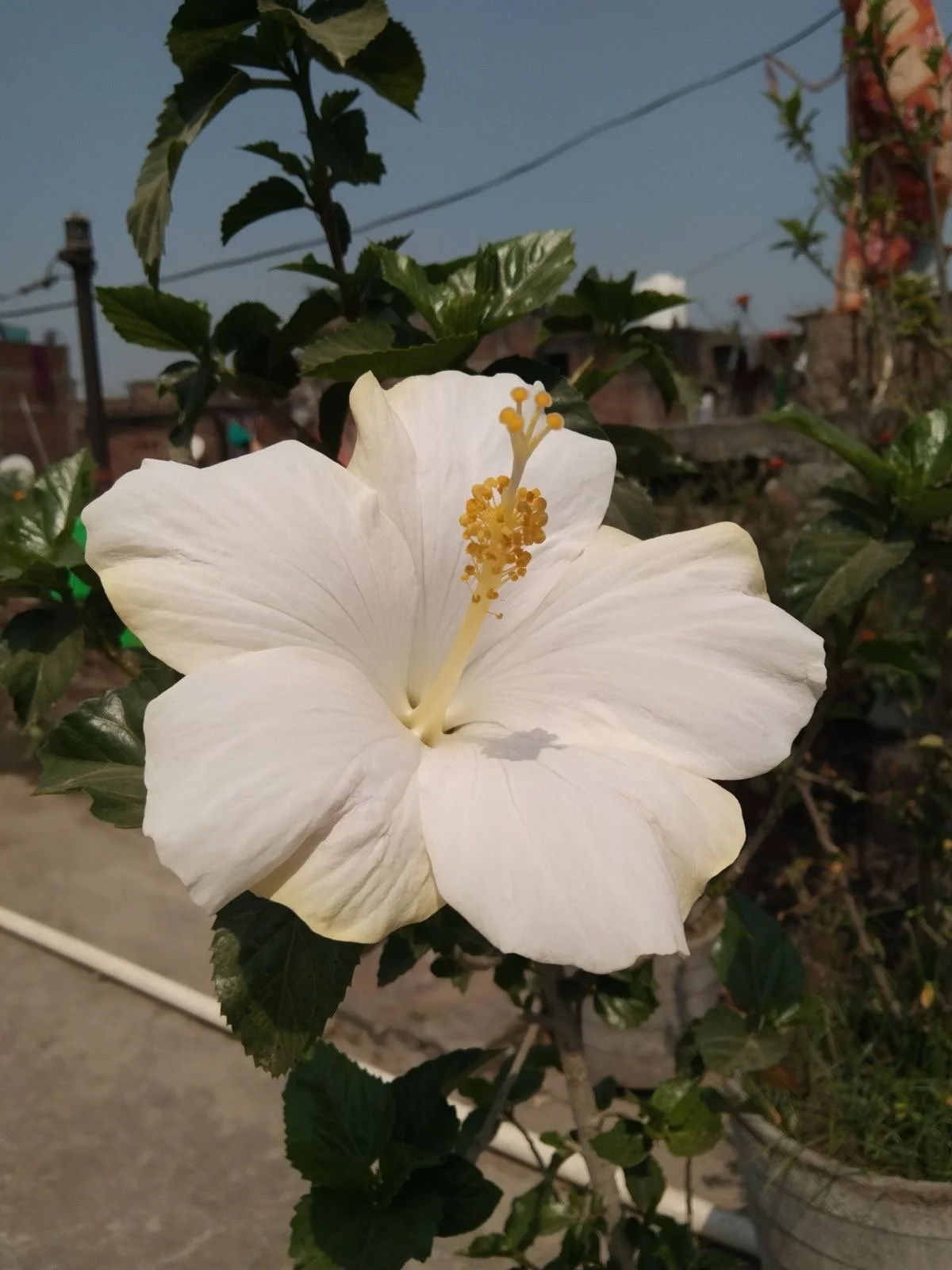Karkade & the Living Story of Sudan
Words Marwah Mohamed
From the fierce golden blaze of Sudan’s sun, a delicate flower quietly flourishes. Unscented yet impossible to ignore as it blooms with its bold crimson petals and soft yellowish hues, it’s instantly recognizable in the vast fertile lands of the nation. Hibiscus, or as we call it, karkade, is considered Sudan’s treasured national flower, and for generations, it has poured its colors not only into cups, but into culture, memory and meaning. Whether made for quenching Ramadan nights or scorching summer afternoons, this floral infusion isn’t just a local beverage, but a ritual rooted in tradition, shared by generations and followed by more to come. Believed to have cooling and healing powers, it’s offered as a welcoming gesture and plays a part in celebrations and gatherings alike – a proof of local Nubian hospitality. With each glass, a connection is made among the Sudanese themselves and the land they stand beneath.
Across Sudan – from the vast and quiet fields of Kordofan and Darfur to the bustling Khartoum tea houses – karkade weaves through the fabric of everyday life. This flower blooms in the rain-fed soils of western Sudan, where it is often planted with sesame and sorghum, adding diversity to a landscape that has long relied on its resilience.
What makes karkade truly valuable is its vibrant fleshy calyx, which is harvested, dried, and brewed into teas, sauces, jams, syrups, and natural flavorings. The color of the calyx acts as a key indicator of quality, with its deep crimson or pale hues setting the standard for both taste and trade. Beyond its culinary use, karkade stretches into the wood and food-coloring industries and carries proven medicinal value. Rich in anthocyanins, it serves as a powerful antioxidant and a natural dye, offering a clean alternative to synthetic additives. As global markets shift toward more sustainable, plant-based solutions, karkade’s demand continues to grow, positioning Sudan as a key contributor in the movement to reduce industrial chemical use.
Sudan nurtures two distinct varieties of the karkade flower: the deep, bold red characterized as rich, tangy, and full of character; and the soft, pale yellow lovingly known as white karkade. While the red commands attention with its vibrant hue and sharp flavor, white karkade offers a quieter experience, steeping into a delicate, floral infusion that whispers sweet, subtle notes.
In the villages of Kordofan, elders still tell a story:
A young bride, heartbroken as her groom marched off to war, wept tears the color of blood. From those tears, karkade plants grew, flowers that held her sorrow, her patience, and her dream of his return. To this day, that tale is told at wedding feasts. It’s said that hibiscus is the flower that remembers and waits.
Today, as Sudan faces the heartbreak of conflict and life-threatening wars, karkade has become a thread of identity and belonging held loose from the war-shattered homeland. Carried by Sudanese people across the world from refugee shelters to new cities thousands of miles away, a sip of karkade connects the present to a cherished past. It becomes a bridge between memory and survival, between the calm of the familiar traditions and the uncertainty of displacement. What was once shared during family gatherings and festive occasions now travels in suitcases, market stalls and care packages steeped in nostalgia and silent strength.
.
Karkade has journeyed far beyond Sudan, finding its way into specialty markets and herbal tea blends across the globe. Yet no matter where it is sipped, in a quiet apartment abroad or at a bustling community table, it still carries the essence of Sudan: its resilience, its sense of belonging, and its enduring beauty. It is a taste of home, a symbol of survival, and a reminder that even in exile, culture endures.
About the author:
Marwa Mohamed El Kamil is a Sudanese food developer and cultural storyteller. She is the founder of Tokul, the first-of-its-kind Sudanese supper club that blends storytelling with traditional cooking to celebrate heritage, memory, and shared experience. Through her work, she explores the power of food as a vessel for connection, using Tokul as a living archive of Sudanese culture, one plate and story at a time.




